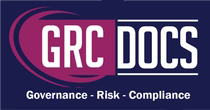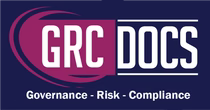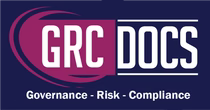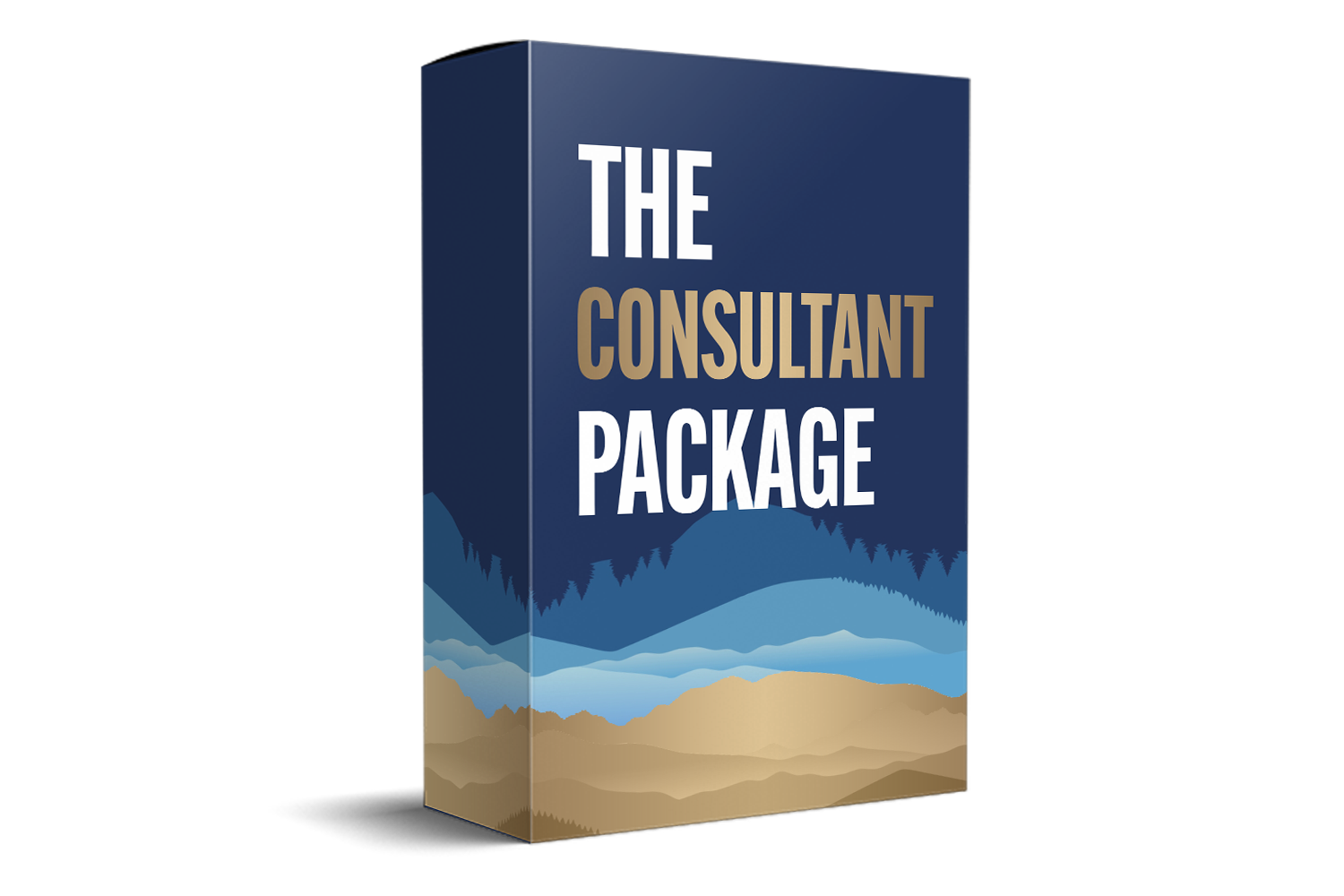Choosing The Right NIST Compliance Software: Top Features & Tips
Introduction
In today's digital age, ensuring the security and compliance of your organization's data is more important than ever. With the increase in cyber threats and data breaches, organizations are under pressure to protect their sensitive information. One way to achieve this is by implementing NIST compliance software. This software helps organizations adhere to the guidelines and standards set by the National Institute of Standards and Technology (NIST), ensuring they effectively manage cybersecurity risks and protect data integrity. But with so many options on the market, how do you choose the right one for your business needs? Let's break it down.

Why NIST Compliance Matters
NIST compliance is not just about ticking boxes; it is a strategic approach to enhancing an organization's cybersecurity posture. By following NIST guidelines, organizations can:
-
Improve their cybersecurity posture: Implementing NIST standards helps organizations develop a robust cybersecurity framework, reducing vulnerabilities and enhancing defense mechanisms against cyber threats.
-
Protect sensitive data from breaches: NIST compliance helps ensure that sensitive data is protected through encryption, access controls, and other security measures, reducing the risk of data breaches.
-
Ensure business continuity: By managing risks effectively and preparing for potential incidents, NIST compliance supports business continuity, minimizing disruptions to operations.
-
Build trust with clients and stakeholders: Demonstrating a commitment to cybersecurity through NIST compliance can enhance your organization's reputation and foster trust with clients, partners, and stakeholders.
Adhering to NIST guidelines can also help organizations comply with other regulations like HIPAA, FISMA, and more, providing a comprehensive approach to regulatory compliance.
Key Features Of NIST Compliance Software
When evaluating NIST compliance software, look for these key features to ensure it meets your organization's needs. The right features can significantly impact the software's effectiveness and ease of use, making it an integral part of your cybersecurity strategy.
-
Automated Risk Assessments: Automated risk assessments are a crucial feature of NIST compliance software. They help identify potential vulnerabilities and provide insights into how to mitigate them. This automation saves time and ensures your organization remains proactive in its cybersecurity efforts. By continuously assessing risks, the software can help prioritize actions and allocate resources efficiently, ultimately strengthening your organization's security posture.
-
Centralized Dashboard: A centralized dashboard allows you to monitor compliance status, manage risks, and track progress in one place. This feature makes it easier to visualize data and make informed decisions quickly. With a centralized view, you can easily identify trends, potential threats, and areas that require attention. This holistic approach to data management ensures that your organization stays on top of its compliance and security objectives.
-
Reporting and Documentation: Effective compliance software should generate detailed reports and documentation. This feature is essential for maintaining records and demonstrating compliance during audits or assessments. Comprehensive reporting tools can help you track compliance over time, analyze incident responses, and provide evidence of your organization's commitment to cybersecurity. Detailed documentation also supports accountability and transparency, which are key to building trust with stakeholders.
-
Integration Capabilities: Choose software that integrates seamlessly with your existing systems and tools. This ensures a smooth implementation process and minimizes disruptions to your operations. Integration capabilities allow for the efficient sharing of data across platforms, enhancing collaboration and information flow within your organization. A well-integrated system can also reduce the complexity of managing multiple security tools, streamlining your cybersecurity efforts.
- User-Friendly Interface: A user-friendly interface is crucial for encouraging adoption across your organization. The software should be intuitive and easy to navigate, even for those with limited technical expertise. An accessible interface ensures that all team members can engage with the software effectively, promoting a culture of cybersecurity awareness and responsibility. Training and support resources further enhance user experience, helping staff become proficient in using the software quickly.
Evaluating Your Organization's Needs
Before choosing NIST compliance software, it's important to evaluate your organization's specific needs. This evaluation will guide your decision-making process and help you select a solution that aligns with your unique requirements. Consider the following factors:
-
Size and Complexity of Your Organization: The size and complexity of your organization will impact the type of software you need. Larger organizations may require more robust features, such as advanced threat detection and comprehensive reporting capabilities, to manage their complex networks and data systems. In contrast, smaller businesses might benefit from simpler solutions that offer essential features without overwhelming complexity. Understanding the scale of your operations will help you choose a solution that fits your infrastructure and resource availability.
-
Industry-Specific Requirements: Different industries have unique compliance requirements. For example, healthcare organizations must adhere to HIPAA regulations, while financial institutions follow guidelines from the SEC and FINRA. Ensure the software you choose aligns with the specific regulations and standards relevant to your industry. Industry-specific templates and reporting tools can streamline compliance efforts, making it easier to meet regulatory obligations and avoid potential penalties.
- Budget Constraints: Budget is always a consideration when investing in new software. Determine what you're willing to spend and explore options that offer the best value for your money. While cost is important, prioritize features and capabilities that align with your organization's needs and long-term objectives. Consider the total cost of ownership, including implementation, training, and maintenance, to ensure you choose a solution that provides a strong return on investment.
Comparing Popular NIST Compliance Software Options
Let's take a look at some popular NIST compliance software options and compare their features. Each software solution offers unique advantages and potential drawbacks, so it's important to assess them in the context of your organization's requirements.
1. Software A
-
Features: Automated risk assessments, centralized dashboard, reporting tools, integration capabilities
-
Pros: User-friendly interface, customizable reports, strong customer support
-
Cons: Higher cost compared to other options
Software A is ideal for organizations seeking a comprehensive solution with robust support. Its customizable reports and intuitive interface enhance user experience, but the higher cost may be a consideration for budget-conscious organizations.
2. Software B
-
Features: Comprehensive risk management tools, robust reporting capabilities, industry-specific templates
-
Pros: Affordable pricing, scalable for growing organizations
-
Cons: Limited integration options
Software B is a cost-effective choice for organizations prioritizing affordability and scalability. While it offers strong reporting capabilities, its limited integration options may require additional tools to achieve full functionality.
3. Software C
-
Features: Advanced threat detection, real-time monitoring, seamless integration with existing systems
-
Pros: Strong focus on cybersecurity, intuitive interface
-
Cons: Steeper learning curve for new users
Software C excels in cybersecurity features, making it suitable for organizations with high security demands. Its seamless integration and intuitive interface are advantageous, but the learning curve may require additional training efforts.
Making The Final Decision
Choosing the right NIST compliance software requires careful consideration of your organization's needs, budget, and industry-specific requirements. Here are some steps to guide you through the decision-making process:
-
Assess Your Needs: Identify the key features your organization requires and prioritize them. Consider how each software option aligns with these needs.
-
Set a Budget: Determine your budget and explore options that fit within it. Balance cost with functionality to ensure long-term value.
-
Research Options: Compare different software solutions and read reviews from other users. Insights from peers can provide valuable perspectives on usability and performance.
-
Request Demos: Reach out to vendors for demos or trials to see how the software functions in real-world scenarios. Hands-on experience can reveal potential strengths and weaknesses.
-
Evaluate Support and Training: Consider the level of customer support and training offered by the vendor. Robust support services can enhance user adoption and satisfaction.
By following these steps, you can confidently choose the right NIST compliance software to enhance your organization's cybersecurity posture and ensure compliance with industry standards. A strategic approach to software selection will position your organization for success in managing cybersecurity risks.
Conclusion
Selecting the right NIST compliance software is a critical step in safeguarding your organization's data and managing cybersecurity risks. By understanding your organization's needs and evaluating different software options, you can make an informed decision that supports your compliance goals. Remember, the right software will not only help you meet regulatory requirements but also strengthen your overall cybersecurity strategy. With careful planning and consideration, you'll be well-equipped to protect your organization's sensitive information in today's ever-evolving digital landscape. As cyber threats continue to evolve, investing in the right tools and resources is essential to maintaining trust and achieving long-term success.






